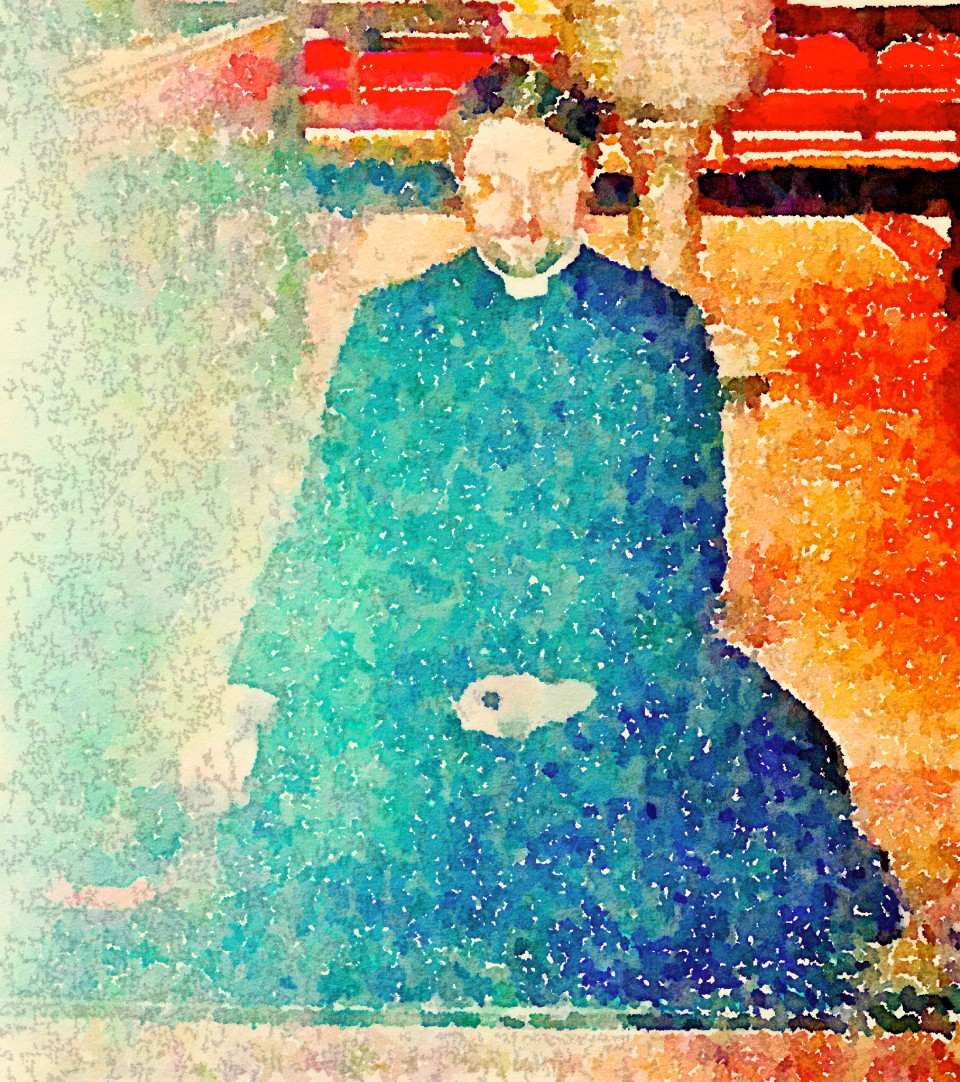Tags
blessing, Christianity, discipleship, Faith, Father Troy Beecham, Father Troy Beecham Episcopal, God, Jesus, Peace, resurrection, saints, Salvation, troy beecham episcopal, truth
Today the Church commemorates Holy Saturday and the Great Vigil of Easter.
Holy Saturday
Holy Saturday is the final day of Holy Week, between Holy Thursday and Easter Sunday, when Christians prepare for the great Feast Day of the Resurrection of Jesus, the Son of God. The day commemorates the Harrowing of Hell while Jesus Christ’s body lay in the tomb.
On this day, Christians believe that Christ “rested” physically in the tomb, but spiritually he performed in Spirit the Harrowing of Hell, his descent into the world of the dead, breaking down the gates of hell and bringing all the faithful departed with him into Paradise. The icon of the day shows Jesus standing on the broken Gates of Hell and taking Adam and Eve by the hand, raising them and all the faithful departed to Paradise.
Christ’s descent into the world of the dead is referred to in the Apostles’ Creed and the Athanasian Creed (Quicumque vult), which state that Jesus Christ “descended unto the dead” and raised up to Paradise all those who had died in faith before his Incarnation, liberating all those who had been held captive by the bonds of sin and death.
Holy Saturday lasts until nightfall, after which the Easter Vigil is celebrated, marking the official start of the Easter season.
The Great Vigil of Easter
The Great Vigil of Easter is the liturgy that leads to the official celebration of the Resurrection of Jesus. Historically, it is during this liturgy that people are baptized and that adult catechumens are received into full communion with the Church. It is held in the hours of darkness between sunset on Holy Saturday and sunrise on Easter Day – most commonly in the evening of Holy Saturday or midnight – and is the first celebration of Easter, as days are traditionally being considered to begin at sunset.
Among liturgical Western Christian churches including the Roman Catholic Church and the the Anglican Communion of Churches, the Easter Vigil is the most important celebration of the Holy Eucharist of the liturgical year, marked by the first use of the exclamatory word of praise, Hallelujah! – Praise the LORD! – (or Alleluia!), a distinctive feature of the Easter season, since the beginning of Lent, when exclaiming Hallelujah is omitted. The Holy Scriptures are read, recounting the story of God’s plan of salvation from the the creation of the universe in Genesis to the promise of salvation as proclaimed by the Prophets and the Resurrection of Jesus as recorded in the Gospels.
The Roman Missal states: “Of this night’s Vigil, which is the greatest and most noble of all solemnities, there is to be only one celebration in each church. It is arranged, moreover, in such a way that after the Lucernarium, or the lighting of the new fire, and the “Exsultet”, a song of praise for the victory of the light over darkness and life over death through Jesus Christ. Then comes the Easter Proclamation (which constitutes the first part of this Vigil) when the Holy Church meditates on the wonders the Lord God has done for his people from the beginning, trusting in his word and promise as the great day of the Resurrection approaches. New Christians are reborn in Baptism and the whole Church is called to the table the Lord has prepared for his people, the memorial of his Death and Resurrection until he comes again.
O God, who made this most holy night to shine with the glory of the Lord’s resurrection: Stir up in your Church that Spirit of adoption which is given to us in Baptism, that we, being renewed both in body and mind, may worship you in sincerity and truth; through Jesus Christ our Lord, who lives and reigns with you, in the unity of the Holy Spirit, one God, now and for ever. Amen.


You must be logged in to post a comment.